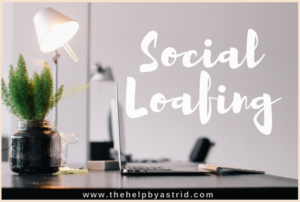
After 2 years of being in the “new normal”, we have gotten a better idea of what the future of work is shaping out to be. There has been a shift in business priorities and a huge change in how work gets done. More focus is given to business continuity plans and building resilience. In 2022, here are 5 trends to expect from the modern workplace.
- Greater focus on skills vs roles – The traditional workplace focused on roles which mostly relate to how an individual is placed in the overall organizational structure or hierarchy. The modern workplace will see this shift to a focus on skills. This ties neatly into the business goal of “future-proofing.” Roles give priority to staffing for efficiency, while skills give priority to staffing for resilience.
- Work-life balance – work-life balance is not a new concept and has always been the goal of every working individual. However, the pandemic has led us to explore what work-life balance means for us, personally. Each person has a unique concept of what this harmony will look like, but the prevailing concept is the same for everyone: a good balance between accomplishing work responsibilities and personal time. The introduction of schedule flexibility has the modern workplace taking full advantage of work-life harmony more than any era in our history. It gives the workforce the ability to do work but also have the time to take care of personal responsibilities.
- Diversity and inclusion – Due to the necessity and growth of remote working teams, most businesses can now capitalize on having a lot more diversity in their organizations. Businesses can now hire from anywhere, expanding their talent pool. Diversity, for business, means having a wealth of new and unique ideas. Not only will businesses get a more inclusive culture, they can also reap the benefits of having a more innovative, creative, and engaged workforce.
- Workplace wellness and mental health – The pandemic has everyone thinking about their health and wellness. In fact, health and wellness have moved higher on everybody’s list of priorities since the start of 2020. Organizations are now fully aware that wellness and mental health have a direct correlation to the productivity and performance of their workforce. This reiterates the fact that: individuals with a sound mind and body outperform others. Now that they see it as essential, employers do not offer health and wellness packages just as a perk but an included employee benefit.
- Hybrid work – With localized lockdowns and closed borders, businesses have learned to take the hybrid approach to working. Gone are the days when centralized working was the norm and decentralized or remote working was exclusively reserved for freelancers, contractors, and consultants. More businesses are willing to accommodate a hybrid model with staff working from home on some days and going back to the office on other days.
What trends do you foresee for the modern workplace in 2022? Share them with us in the comments. Remember to work smart and be a blessing to someone today. Stay safe and healthy!
Written by Jaie O. TheHelp

